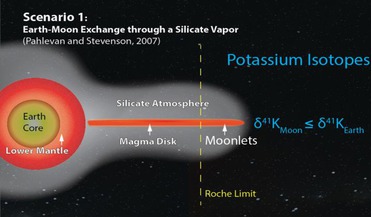 13 September 2016
Scientists prove the Moon was created by a vaporised Earth
13 September 2016
Scientists prove the Moon was created by a vaporised Earth
... with Earth rocks and is due to incomplete condensation of the potassium from the vapour phase during the Moon's formation. This scenario disfavours the silicate atmosphere model, which predicts lunar rocks will contain less of the...
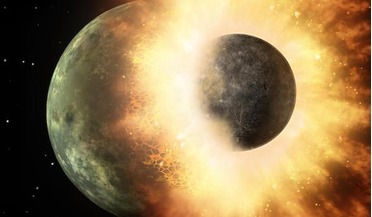 04 February 2019
The Moon is a mini-Earth suggests new research
04 February 2019
The Moon is a mini-Earth suggests new research
...first time that all 14 elements were modeled together to analyze the Earth-Moon system,” Righter said. “By simulating the main processes contributing to the Moon’s formation and early differentiation, we were able to predict the level of each element...
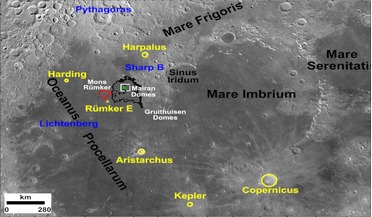 27 September 2021
Early findings from Chang'e 5 samples shows a mix of "exotic" materials
27 September 2021
Early findings from Chang'e 5 samples shows a mix of "exotic" materials
...shed light on, amongst other things, the Moon's impact history, regolith formation, deep lunar mantle processes and if ..."In addressing these we shall deepen our understanding of the Moon's history and help prepare for further lunar exploration." The...
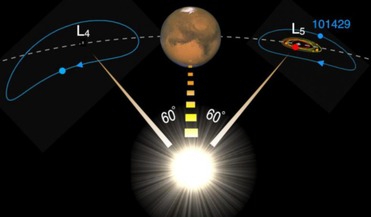 06 November 2020
The Moon could have a long-lost "twin" in orbit around Mars
06 November 2020
The Moon could have a long-lost "twin" in orbit around Mars
... sizeable space rock has the same chemical signature as the Moon, suggesting that this relic fragment could be a long-lost...collected and coalesced in an orbit around our planet to form the Moon. This is known as the giant-impact hypothesis and a shard...
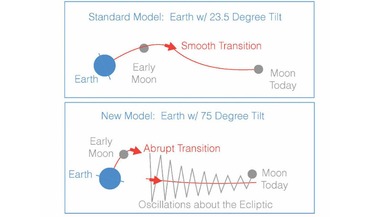 01 November 2016
New twist on Moon formation helps explain its weird orbit
01 November 2016
New twist on Moon formation helps explain its weird orbit
... a framework for answering new questions in the future. "There are many potential paths from the moon's formation to the Earth-moon system we see today. We've identified a few of them, but there are sure to be other possibilities," said Hamilton...